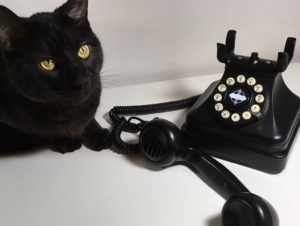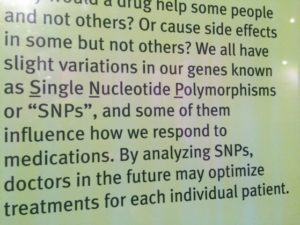My dad held onto his old comic books from when he was a kid — Mad Magazine, Spider-Man, X-Men, and Batman. I know it’s unoriginal, but how could I not fall for the Caped Crusader? I romanticized Batman’s brand of justice: smart, deliberate, vigilante, under the cover of darkness, and always, always for Good. I read both crates of my dad’s comics when I was a boy, but Batman was the only series I came back to as I got older. I took the stories and their Good and Bad morality seriously.
Now I’m an adult and a professional editor. I thought characters like Batman didn’t exist off the page. Then I heard about the Grammar Vigilante. It’s relatively old news, but I only heard about the Grammar Vigilante last month. He’s been correcting storefronts in Bristol, England, for 13 years. When he sees an incorrect apostrophe (“Amy’s Nail’s” is one example), he goes out at night with his homemade Apostrophiser to correct the mistake by covering it with a colored sticker. That’s the kind of real-world vigilante justice I can get behind, and it’s something almost anyone reading this blog can chuckle about.
Strangely, I look at the Grammar Vigilante as seriously as I did Batman. What strikes me is his belief in making these corrections despite the risks. “I do think it’s a cause worth pursuing,” he says in the video. He denies his actions are a crime, quipping, “It’s more of a crime to have the apostrophes wrong in the first place.” Despite the joke, he defaces private property and could face legal action if he is caught.
I believe in the Grammar Vigilante. The AMA Manual of Style includes chapters on grammar, plurals, and capitalization and quite long chapters on punctuation and correct and preferred usage. As the lattermost suggests, some of these rules are up to interpretation or preference but others are simply right. The primary goal of the written word is to communicate, and that is done most effectively, with the least confusion, using proper grammar and punctuation.
I have a personal tie-in to all of this. In high school, I worked as a server at a restaurant. One day, one of the managers posted a long document about new policies and expectations with explanations for each change. I read it standing next to a coworker and said that I wished I could copy edit the sheet to fix some small errors. She turned to me and looked hurt and disgusted, told me that was insulting, and said that nobody else cares about the right way.
I felt embarrassed, and I didn’t talk about the sheet with anyone else. I didn’t have the ability to put it into words then and still struggle arguing it now, but improper grammar, no matter how small, obscures meaning and harms interpretation. Proper grammar and punctuation aids my reading just as much as it does for those who don’t know or don’t care about it.
Are the Grammar Vigilante’s corrections helpful? Or pretentious? Or even noticed by most? Is there a difference between correcting public storefronts and private postings? By Batman’s morality, is he doing Good or Bad? I don’t know, but I support what he does. He’s not a hero, but I think he’s a silent guardian, a watchful protector. He’s my real-life Dark Knight.—Kevin Brown





